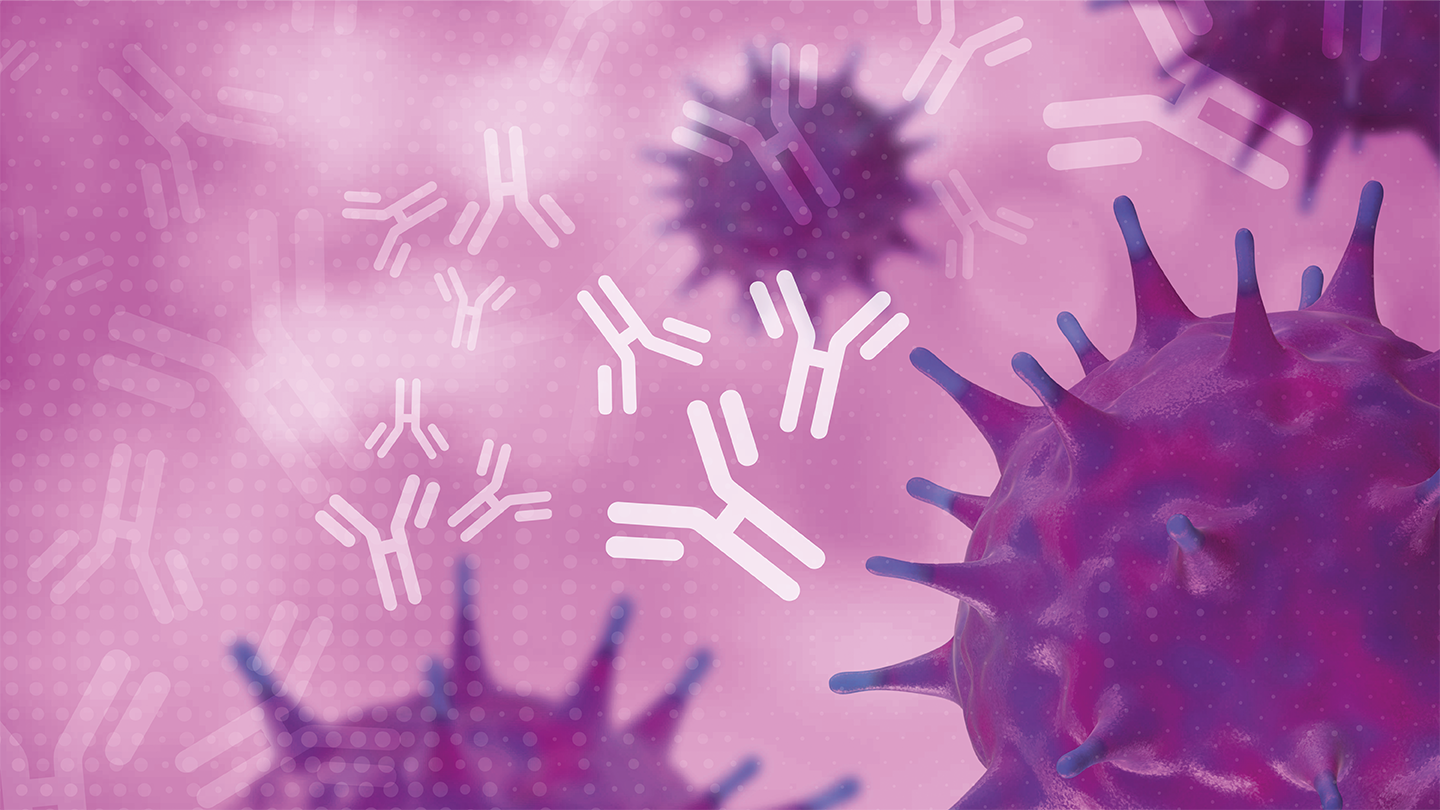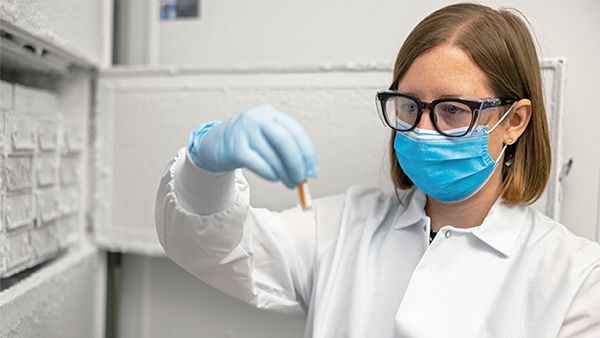How to Name Your Bacterium
The process of naming bacteria follows specific rules – but do you know what they are?
Many of you will have diagnosed infectious diseases before – perhaps caused by well-known pathogens like Staphylococcus aureus or less common ones like Gemella morbillorum. But have you ever wondered how these bacteria obtain their names? The process is more organized than you may think…
Naming and classifying
Bacteria have no “official” classification scheme – but they do have formal nomenclature, which is regulated by internationally accepted rules. These rules are fixed in the International Code of Nomenclature of Prokaryotes (1). The International Committee on Systematics of Prokaryotes (ICSP) is responsible for updating and implementing the rules of the Code. Principle 1(4) of the Code states, “Nothing in this Code may be construed to restrict the freedom of taxonomic thought or action.” What does that mean? Essentially, that anyone is free to design their own system of classifying bacteria; the Code only deals with the way species, genera, and higher taxa of prokaryotes are named. In recent years, extensive comparative studies of prokaryotic genomes have led to the establishment of the Genome Taxonomy Database (2). The impressive classification system proposed there is widely accepted today; many bacteriologists even consider it “official,” even though such a thing does not exist.
To obtain standing in the nomenclature, names of new taxa of prokaryotes must be published in the International Journal of Systematic and Evolutionary Microbiology (IJSEM), an official publication of the ICSP. There are two ways of doing this. The first is to publish an original paper describing the new taxon in IJSEM. In addition to the usual scientific peer review, the proposed names are checked by the journal’s nomenclature reviewers to ensure that they are formed in accordance with the rules of the Code. However, not everyone may wish to publish in that journal – and, of course, authors are free to publish wherever they wish.
The newly proposed names are then considered “effectively published.” To obtain the status of “validly published,” the authors must then take the second route: a copy of the publication must be sent to the IJSEM editorial office with the request to include the names in the journal’s bimonthly Validation List. Such requests must be accompanied by further documentation – in particular, proof that the type strain of the new species and any subspecies are available from at least two culture collections in different countries. The list editors of the journal will check the documents and, if all conditions for valid publication are met, the names will be listed in the next Validation List.
The knowledge of ancient Greek and Latin can play an important role in the process of naming a new prokaryote – but many scientists have only a rudimentary knowledge of classical languages. In fact, the number of microbiologists who have i) the necessary command of Latin and Greek, ii) an interest in nomenclature issues, and iii) most importantly, sufficient time to assist colleagues worldwide in proposing correctly formed names is very small. Most papers describing new bacterial taxa come from Asian countries in which microbiologists are rarely, if ever, exposed to the classical languages. Often, prospective authors consult me or one of my colleagues in our “nomenclature quality control team” (3). The editors of some microbiological journals also routinely consult us before they accept taxonomic papers for publication. The final stage is valid publication of the names in the IJSEM following quality control by the nomenclature reviewers and list editors of the journal.
Molecular biology in the lead
Molecular biology is the gold standard of current classification. Since Carl Woese pioneered the use of molecular sequences (notably those of ribosomal RNA molecules) in the late 1970s, molecular data have been used for the classification of bacteria and archaea. The Genome Taxonomy Database is entirely based on sequence data – and, as much as possible, on complete genomes. The results of molecular sequence comparisons do not always agree with the older classification schemes. As a result, many species have been reclassified in new genera as “comb. nov.” (combinatio nova, new combination) taxa. In some cases, this has led to considerable confusion. We must remember that the older validly published names retain their standing in the nomenclature. An example of importance in medicine is the reclassification of Clostridium difficile as Clostridioides difficile. This reclassification was necessary when it became apparent that Clostridium difficile is only distantly related to Clostridium butyricum, the type species of the genus Clostridium.
Renaming medically important bacteria by reassigning them to new genera based on molecular sequence data may cause problems for the medical profession – especially for those involved in diagnosis, classification, and treatment selection. In addition to the case of Clostridium versus Clostridioides, the genus Mycobacterium was recently split into five genera, including the newly proposed Mycolicibacterium, Mycolicibacter, Mycolicibacillus, and Mycobacteroides. Some members of the genus Mycoplasma were reclassified into the new genera Malacoplasma, Mesomycoplasma, and Metamycoplasma. These names and the new combinations were validly published, but that does not prevent anyone from continuing to use the old names.
Rule 56a of the International Code of Nomenclature of Prokaryotes allows experts to propose the rejection of names “whose application is likely to lead to accidents endangering health or life or both or of serious economic consequences.” Only the Judicial Commission of the ICSP can place names on the list of rejected names.
As a service to the medical community, Diagnostic Microbiology & Infectious Diseases periodically publishes a paper entitled, “Proposed Nomenclature or Classification Changes for Bacteria of Medical Importance – Taxonomic Update.” The fifth such update, which is now in press, covers the period from 2018 to 2020 and lists 32 names. That may not seem like a lot – but novel pathogens are even rarer. The number of validly published names of newly described human pathogens annually in recent years is in the single digits. Unfortunately, many more names of new pathogenic bacteria are effectively published in the literature, but never submitted to the IJSEM for validation.
This article originally appeared on our sister brand, The Pathologist.
References
- “International Code of Nomenclature of Prokaryotes”, Int J Syst Evol Microbiol, 69, S1 (2019). PMID: 26596770.
- “Genome Taxonomy Database” (2019). Available at: bit.ly/2VHV72J.
- Microbiology Society, “International Journal of Systematic and Evolutionary Microbiology – Editorial Board” (2020). Available at: bit.ly/2W7Ghlg.





